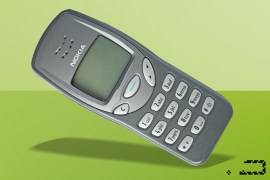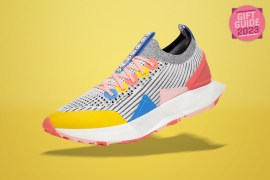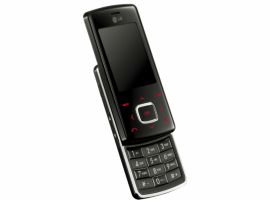The Nokia phones that changed the world (and some crazy ones)
We've taken a trip through the Finns’ greatest handset hits – and misses

In the 80s, 90s and 2000s, Nokia regularly shifted the gadget-time continuum with its crazy concepts and unbreakable bricks. We’ve got fond memories of the original 3310 (good luck beating our Snake high score, people), but there are countless more iconic models. Many could have been considered among the best phones on sale at the time. We’ve revisited the best Nokia phones ever – but this little wander down memory lane also takes in a few models that weren’t so classic.
Because Nokia was out on its own, beholden to no one, its moments of brilliant boundary-pushing were matched by moments of the purest wrong-headedness the tech world has ever seen. Some of its more experimental designs were utter howlers, both aesthetically and ergonomically. Their like may never be seen again, and in a curious way, we regret their passing almost as much as we do those of such design greats as the 3310 and Lumia 800. So join us in celebrating a time when it didn’t seem the height of daftness to organise your alphanumeric keyboard like a clock.
Nokia Cityman (1987)
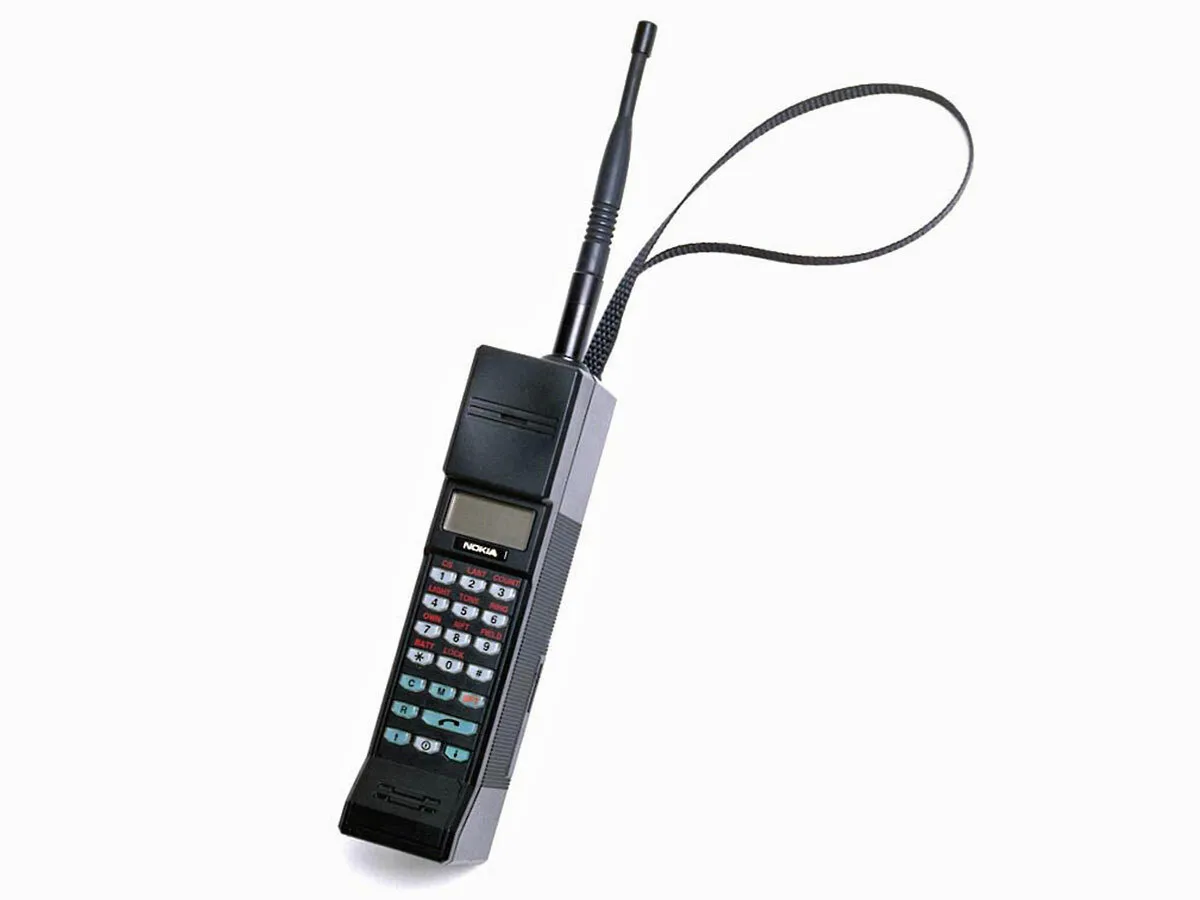
Available in “450” and “900” editions (named for the frequencies in MHz they used on the Nordic Mobile Telephony system), the Cityman was Nokia’s first mobile phone and regarded as a sleek, high-end and highly desirable product. How times change. The brick-like handset established the Finnish company as a major telephony player by 1988, helped Nokia secure almost 15 percent of the global mobile phone market.
Nokia 5110 (1998)
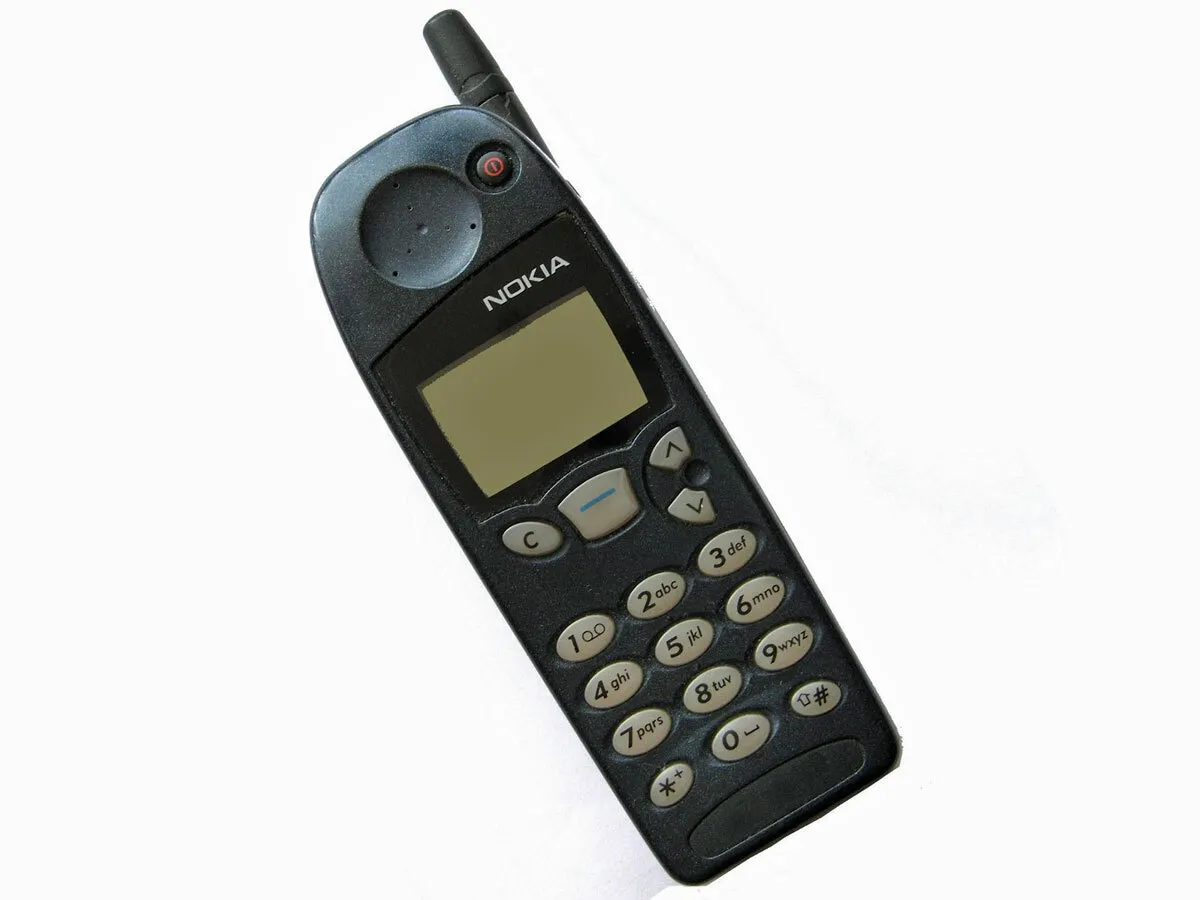
One of the many Nokia models that became near-ubiquitous in British universities, high streets and offices, the 5110 was nigh-on impervious to anything the world could throw at it, had excellent battery life and, of course, came with the beloved Snake on board. You could also pop off the front panel and swap it with one of several bright-coloured replacements because, well, customisation.
Nokia 3650 (2002)
Equipped with a colour screen, a VGA camera able to shoot both stills and video and a what-the-hell-were-they-thinking circular keypad, the 3650 was the first Symbian Series 60 smartphone to launch in the US. It featured 3.4MB of built-in storage!
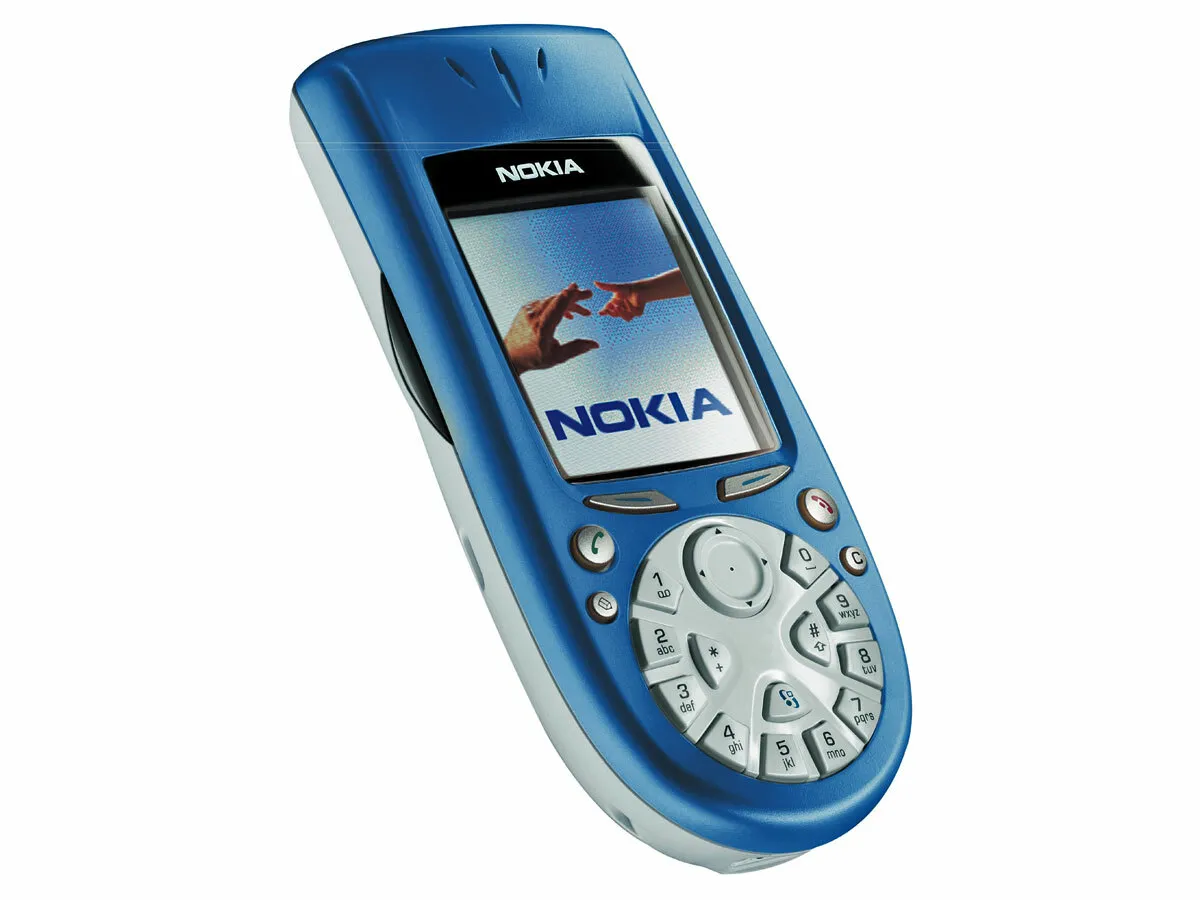
Understandably, Nokia was keen to talk up the 3650’s video capture abilities in ads, resulting in the above TV spot which attracted – again, understandably – a considerable amount of criticism from cat lovers. It’s about as tasteful as that circular keypad.
Nokia 3310 (2000)
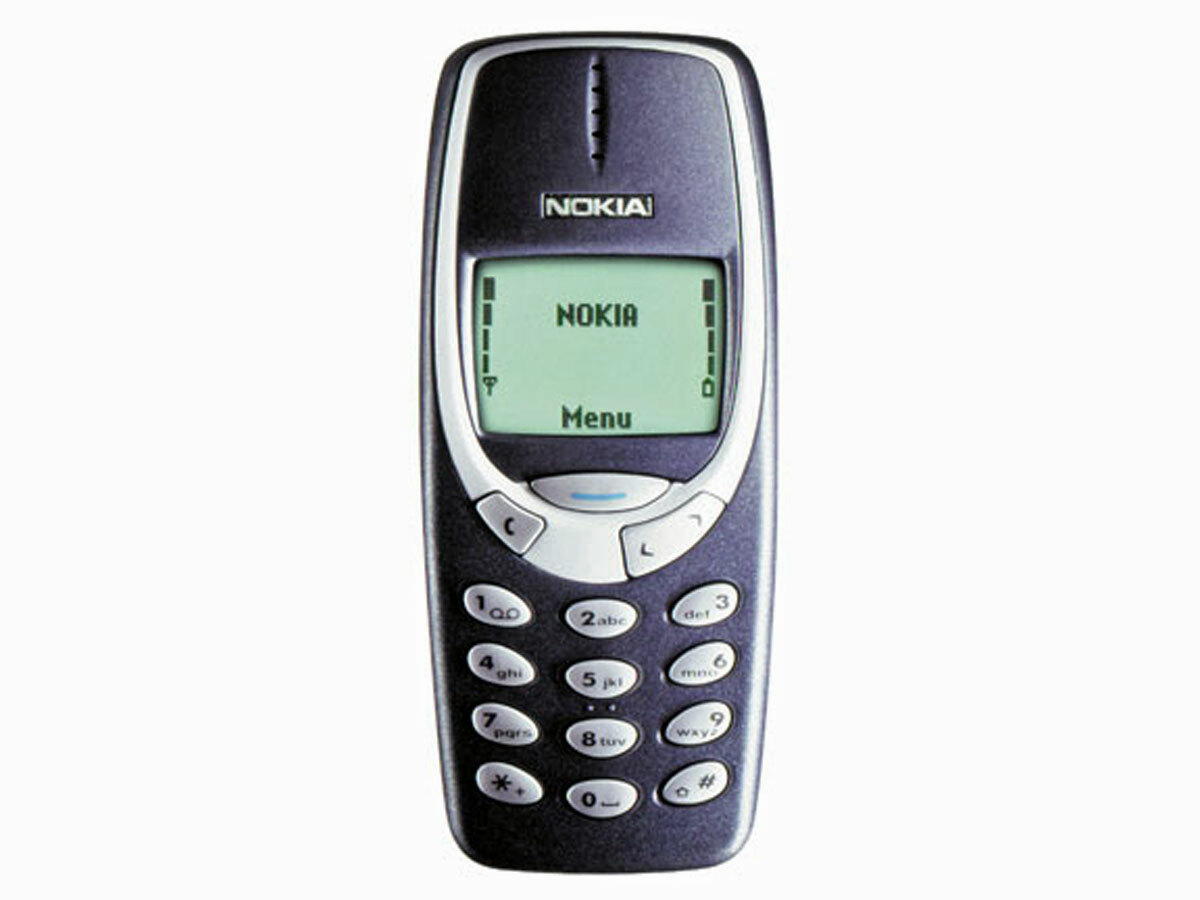
A handset so hardy and dependable it spawned a meme, the 3310 also sold like hotcakes. Nokia shifted almost 130 million of these brick-like reliability machines: if you laid them end-to-end, they’d reach from Helsinki to Santiago, Chile. It was hugely popular with text addicts, as it allowed messages of 459 characters (three times the norm) and displayed chats in easy-to-follow threaded form.
Nokia N90 (2005)
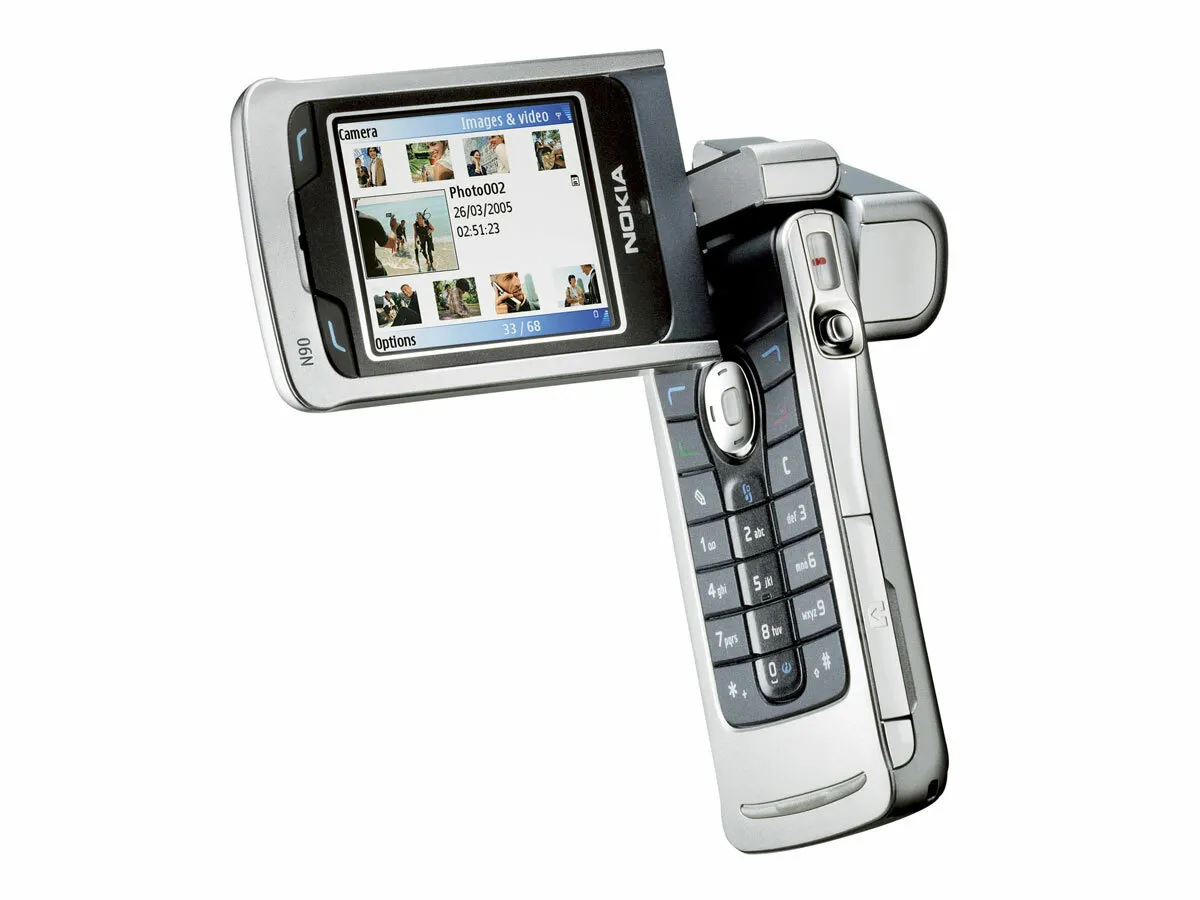
The N90 was one of three handsets launched by Nokia at the glitzy Nseries intro event back in 2005. This was a massive leap forward at the time: a recognition that phones and computers were finally coalescing.
The other devices launched – the altogether less bonkers N70 and the ludicrously oversized N91 (which had a 4GB hard disk for music storage inside – yep, a mechanical hard disk, spinning platters and all) – pushed boundaries in their own ways, but the N90 was the most overtly ‘converged’ device, looking as it did like a camcorder with phone buttons grafted on.
It felt like the future, albeit a bit of a clunky, silly future in which phones were going to be far less ergonomic for a bit. But these Nseries devices were the precursors of the multi-purpose smartphones of today, and the N90 can rightly claim to be the grandfather of the 23MP Xperia XZ and dual camera-wielding LG G5s that occupy the modern tech landscape.
Nokia 6810 (2004)
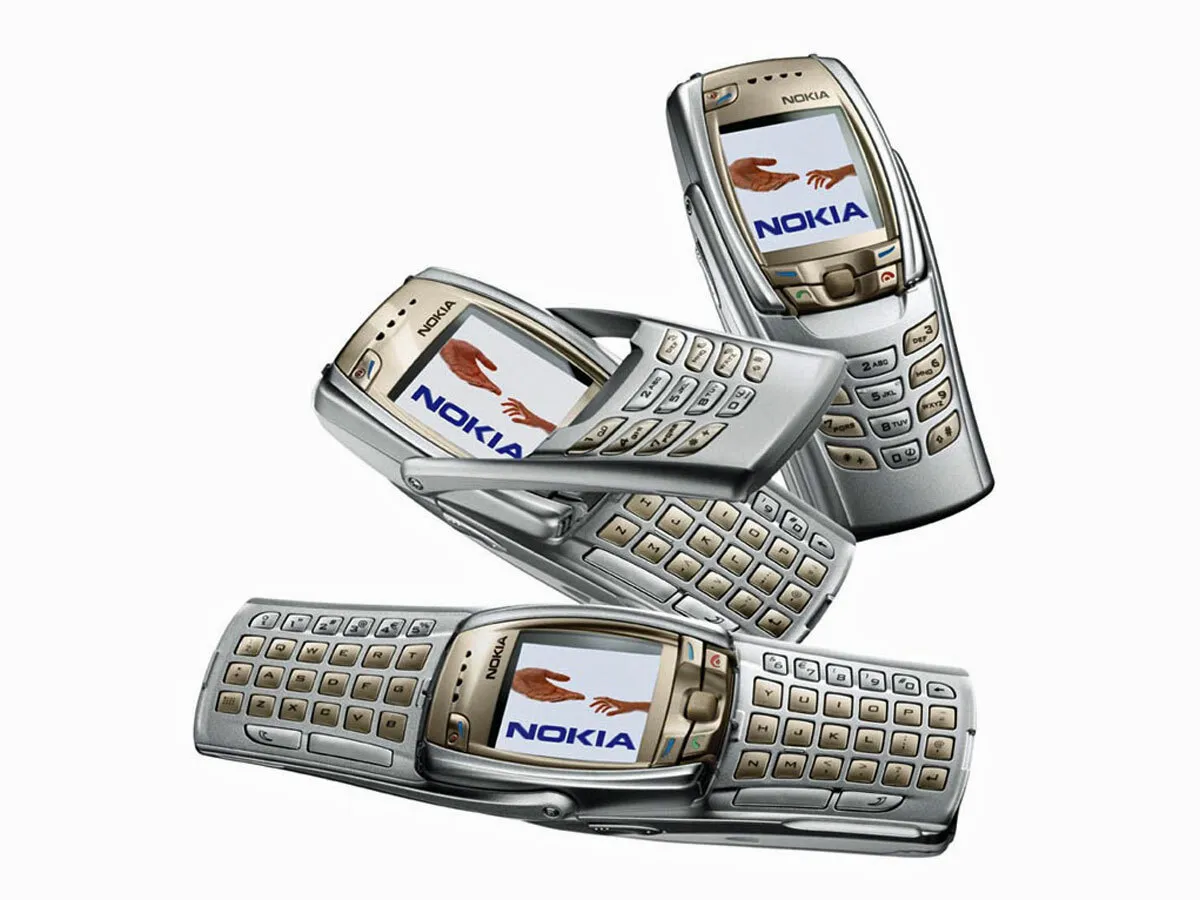
There was certainly a point when Nokia would throw everything at the design wall in case something stuck. Case in point: the 6810’s fold-out QWERTY keyboard, which looked totally ridiculous but actually allowed reasonably fast typing for texts and emails. Heck, even BlackBerry email was supported by this Optimus Prime of the telephony world.
Nokia N93 (2006)
The S60-based N93 was all about multimedia: its twisty physical design allowed it to function as an easy-to-hold camcorder (with a 3x optical zoom, no less) one minute and a desktop screen for video playback the next.
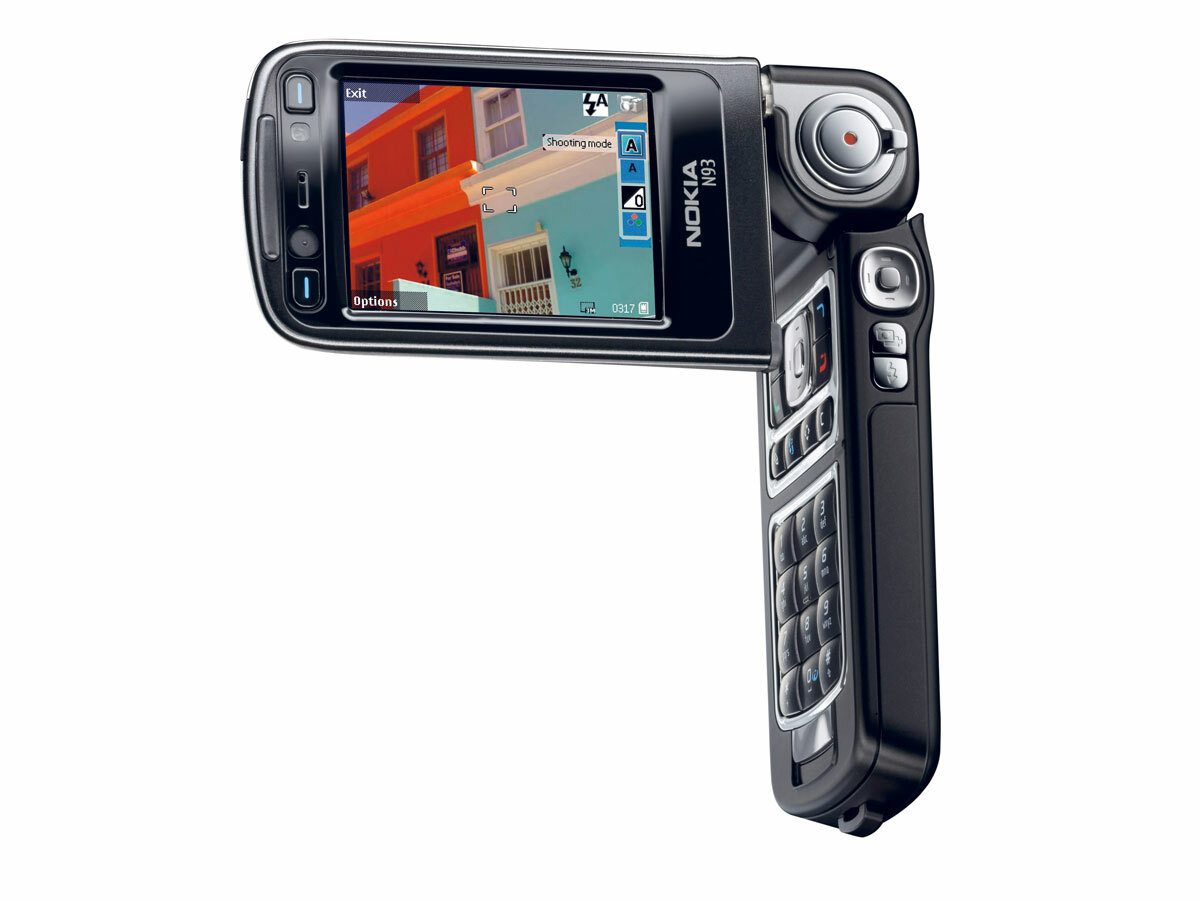
Video quality was pitched – as you can see in the glossy TV ad above, starring none other that Gary Oldman – as “DVD quality”, although in reality the camera was more suited to capturing happy slapping incidents than Hollywood-style glossiness. Still, at the time of its launch, it was the world’s finest camera phone, and also offered cutting edge features such as Wi-Fi and 3G.
Nokia N-Gage (2003)
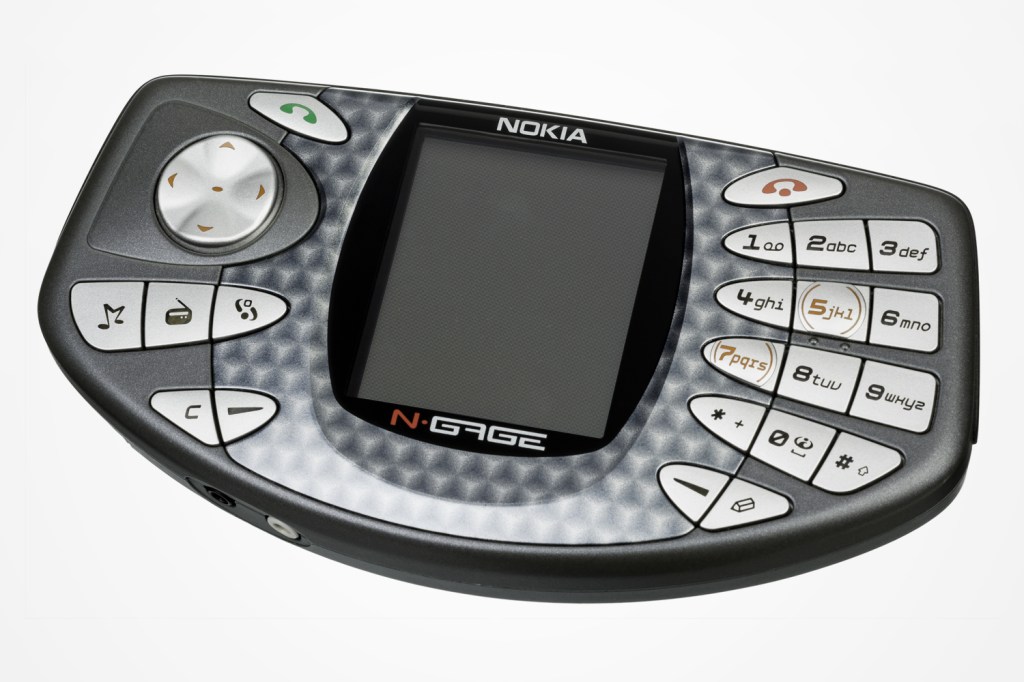
Tastily referred to as the taco phone, the N-Gage holds a special place in our hearts as being one of the craziest Nokia phones ever made. Its unusual shape/button layout is due to the fact that it also pulled double duty as a handheld gaming device. It picked up some hype upon launch, but it eventually lost to the powerhouse that was Nintendo’s Game Boy Advance, which was outselling it by a whopping 1000:1. Ouch. Still, we applaud the ambition, and love the crazy form factor to this day.
Nokia 9110 Communicator (1998)
With the besuited, high-flying business exec firmly in its crosshairs, the Communicator 9110 was a chunky clamshell that opened to reveal a fully QWERTY keyboard and 640 x 200 screen. It could send faxes, emails and even photos – albeit only in monochrome as the screen didn’t support any colour other than green…
Nokia N95 (2007)
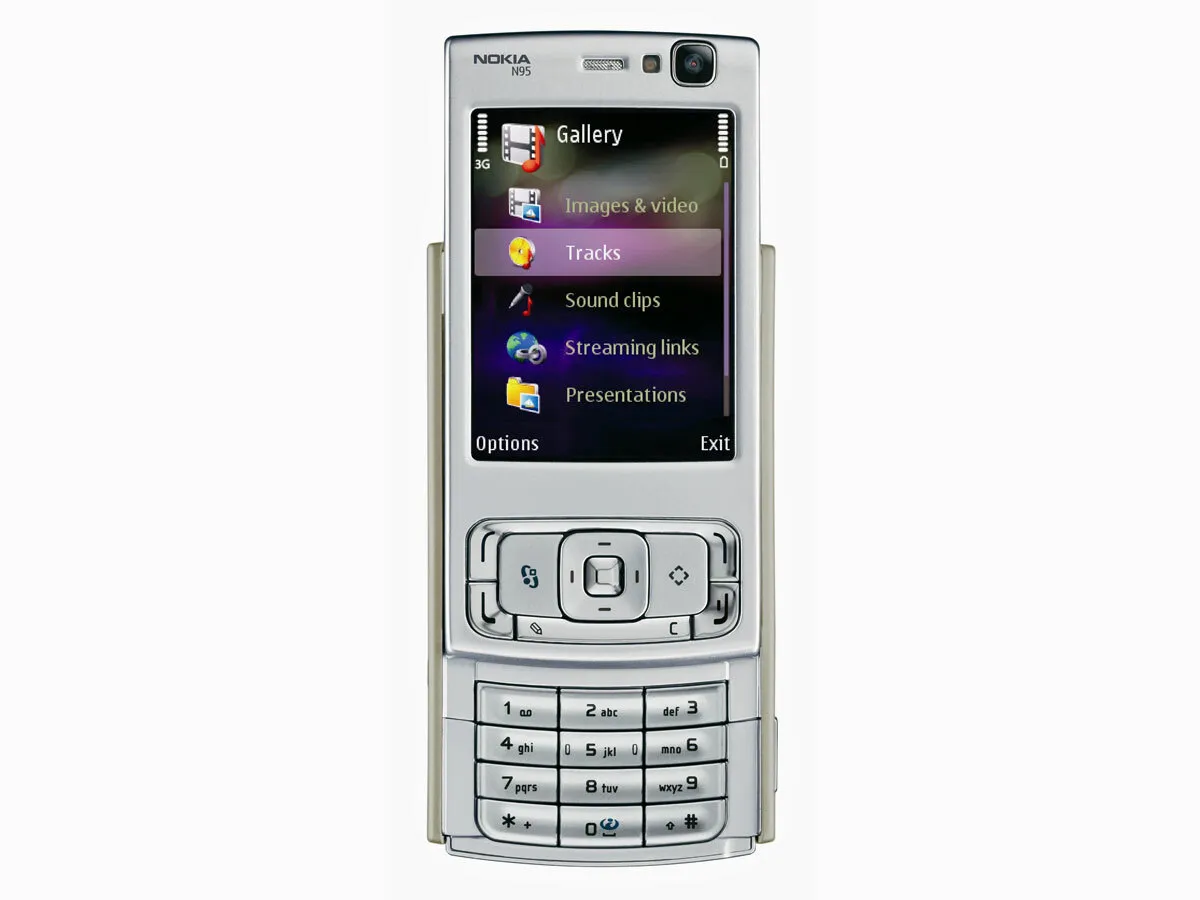
At the time of its release the N95 was the world’s most powerful smartphone – a true pocket computer that could do, it seemed at the time, almost anything. A two-way sliding design, 5MP camera, GPS and a Flash-compatible web browser made it a truly versatile, groundbreaking device, and were it not for the iPhone’s arrival and subsequent changing of the smartphone market, the N95’d be in with a shot for the best smartphone of all time.
Nokia 8110 (1996)
This banana-esque slider found fame in The Matrix, where it was used by Keanu Reeves, Carrie-Anne Moss et al to keep in touch with the real world while dodging bullets and leaping over buildings in the virtual one.
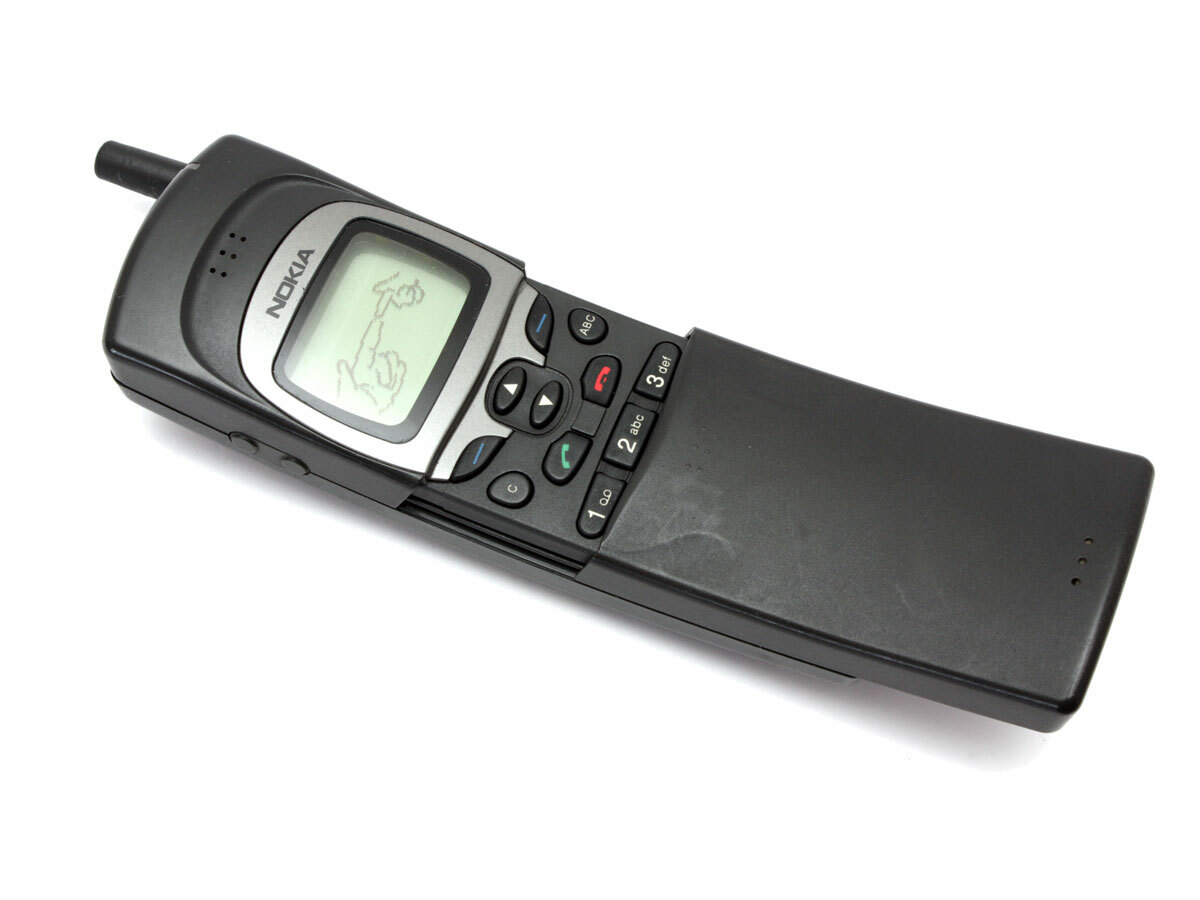
The real-life 8110 lacked the spring-loaded mouthpiece/keypad cover, which was added by the movie’s prop-makers for sheer coolness factor, but there was good news for fans three years down the line, when the lookalike Nokia 7110 (see further down our list) popped up in shops complete with the satisfying slide-down action they’d been waiting for.
Nokia 3210 (1999)
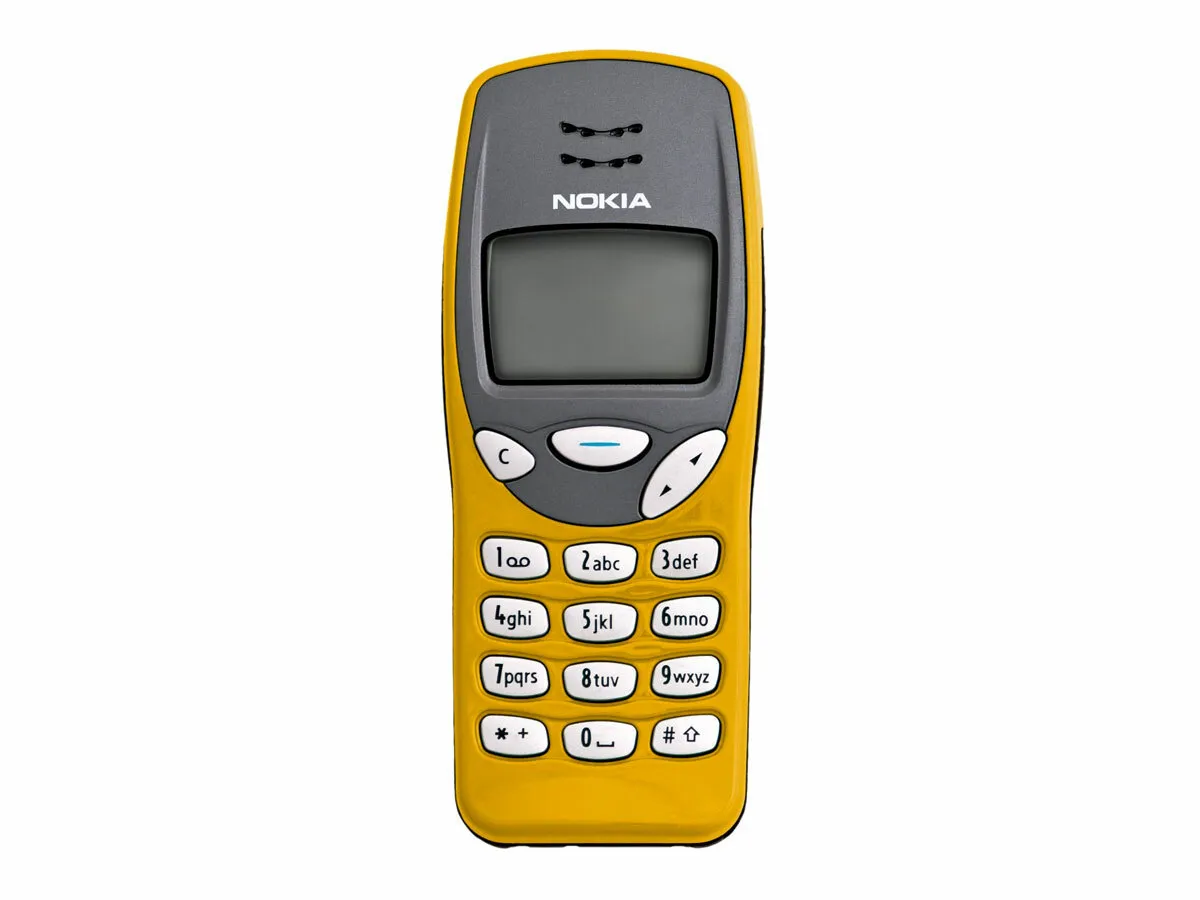
If you’re of a certain age, you probably owned this phone. If you did, you were in a club that consisted of 160 million people worldwide. One of the first mobiles to do away with a visible exterior aerial, it was tough, reliable and (for the time) compact. Excuse us a second – we’re getting misty-eyed just thinking about all the formative years texts we sent on this bad boy.
Nokia 6310 (2002)
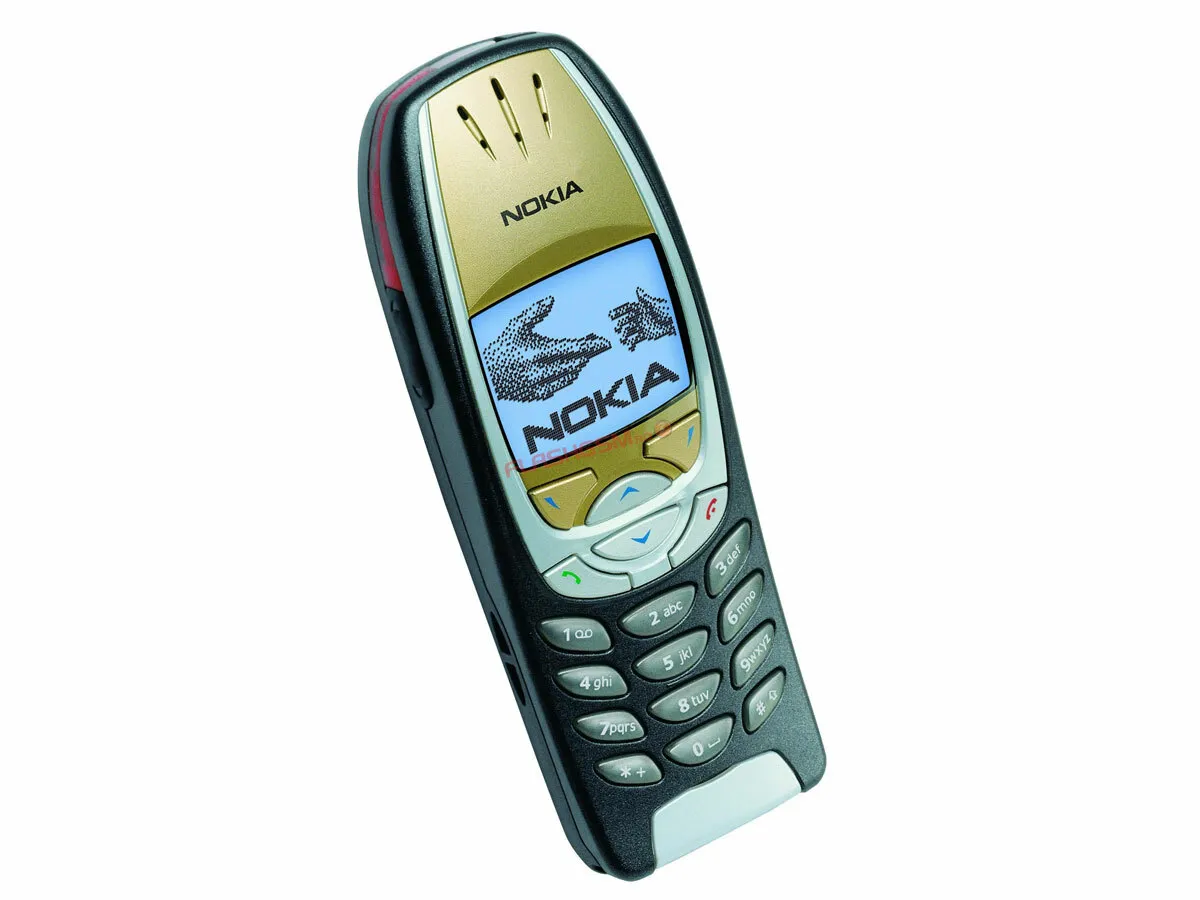
Don’t let its basic (but admittedly gaudy) candybar looks fool you: the 6310 was a business-minded blower with such exec-friendly features as Bluetooth (for the ubiquitous headset) and a voice memo recorder.
The pic above is actually the 6310i, an updated model released a year later and equipped with a blue monochrome screen and triband reception. Famed for its outstanding battery life and feted for its compatibility with in-car phone docks around the globe, it still fetches decent prices on eBay. Indomitable.
Nokia E71 (2008)
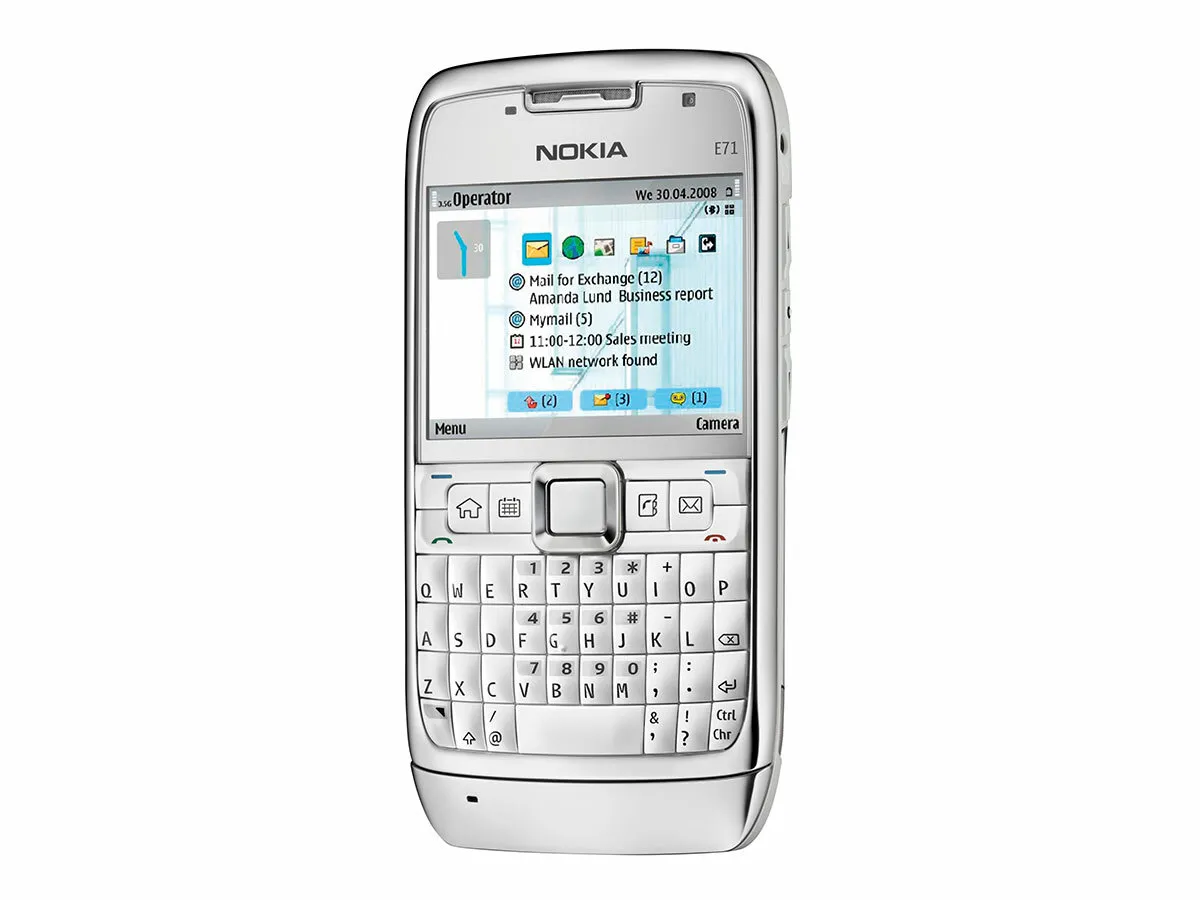
The phone that out-BlackBerried BlackBerry and thumbed its nose at the iPhone’s vulgar touchscreen stylings was a one-time Stuff favourite. A truly smart (as in, well dressed) phone, its metal body, crisp(ish, for 2008) 320×240 screen and wonderful keyboard meant it spent as much time being caressed and drawing admiring glances in the boardroom as it did being used for actual work.
Because it was so focused on specific tasks, its Symbian S60 operating system seemed slick and functional: expectations were lower on this than they were on, say, the multimedia-centric N95. But it still had the toys – A-GPS navigation, a 3.15MP camera and an FM radio – and its battery kept on giving, too.
Nokia 7650 (2001)
A true pioneer for Nokia, the 7650 was the firm’s first phone to come with a built-in camera and the first to come with the Symbian S60 OS. The camera thing is a huge deal because, well, Nokia went on to make some of the best camera phones ever made (the N93, N95 and Lumia 1020 for starters) and S60 is significant because it quickly became the basis for the majority of the firm’s more advanced smartphones.
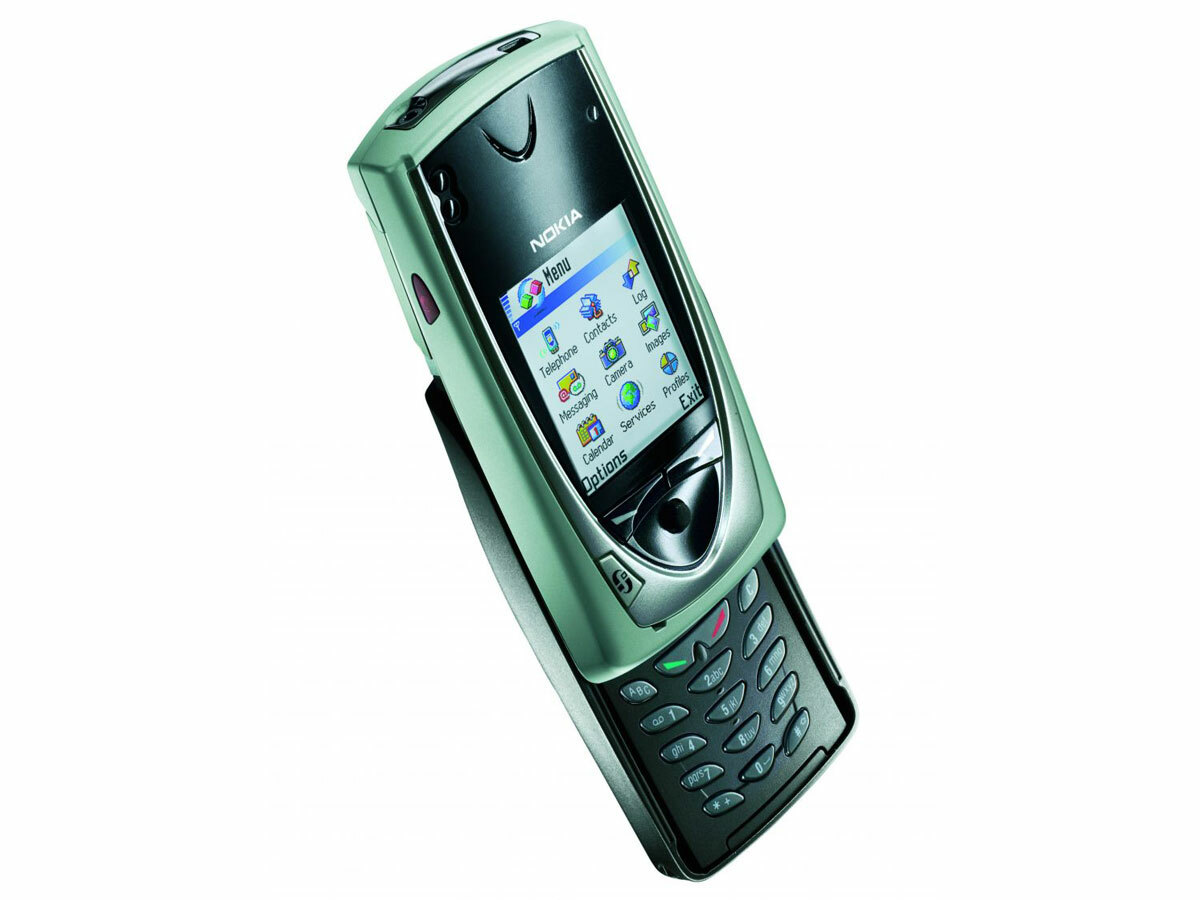
What you can’t really tell from the image here is that the 7650 was a big old unit too, almost too big to be considered a comfortable phone. Watch the ad above and you’ll get more of an idea of its bulk – as well as a bit of mild sexism courtesy of Nokia’s ad agency.
Nokia 7110 (1999)
The firm’s first Series 40 phone, the 7110 offered a WAP browser: the perfect solution for anyone who wants to use Internet on the go and has a spare two hours to wait for a near-unreadable page to load onto the 95 x 95 pixel monochrome screen (we kid, we kid – the screen was actually huge and reasonably hi-res by 1999’s standards). Billed as Nokia’s first “media phone”, it gave users hitherto unavailable mobile access to email and web services like news and ticket booking.
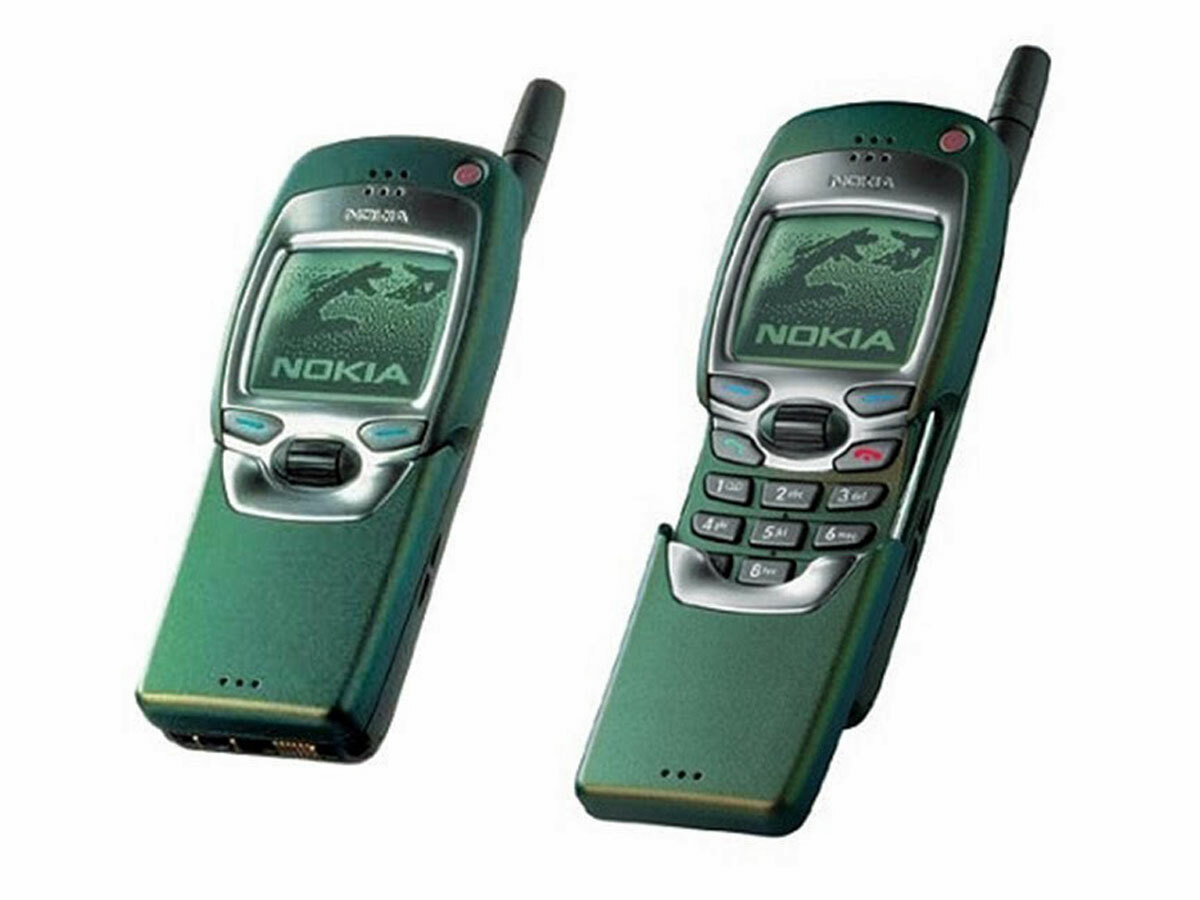
It also offered a clickable wheel to make scrolling easier, and the spring-loaded keypad cover/mouthpiece is something of a design masterstroke.
Nokia 7600 (2004)
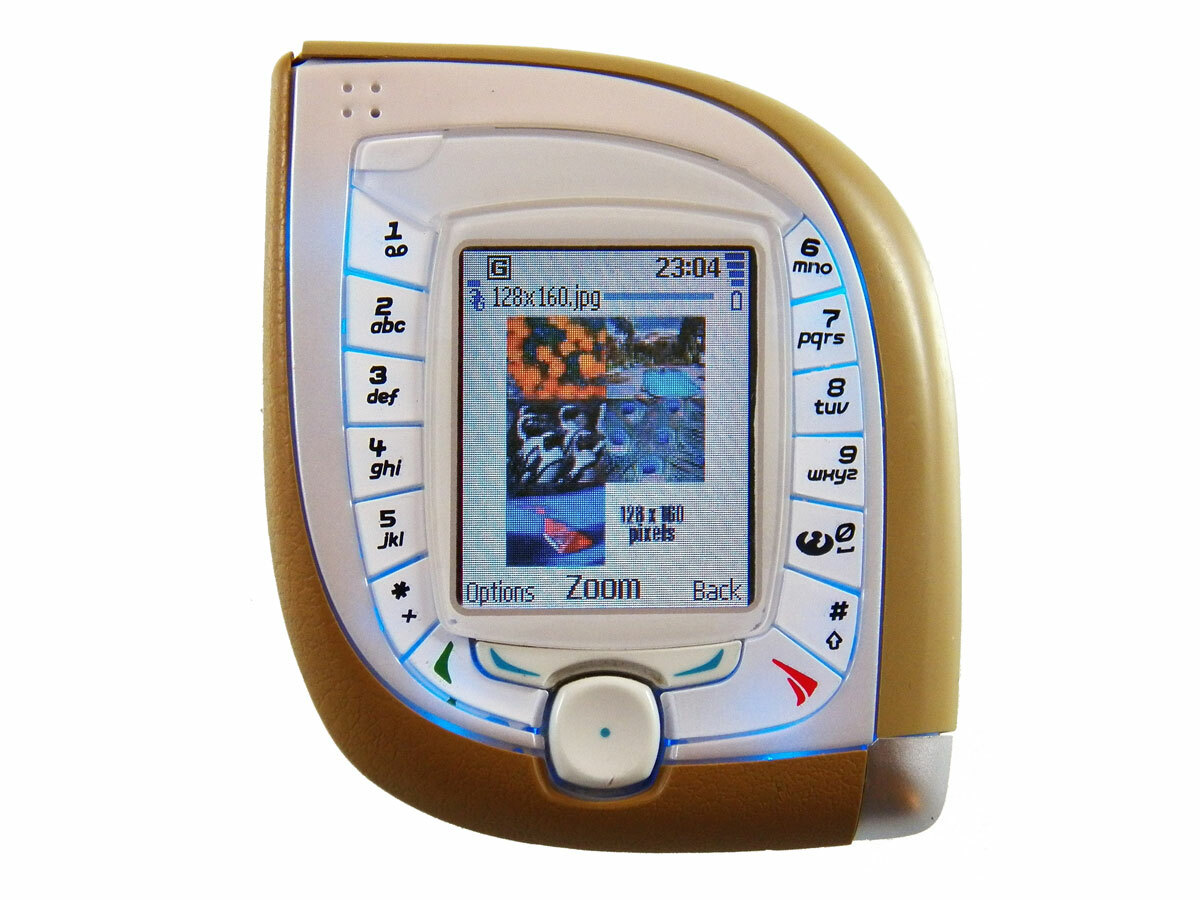
If you want an example of how quickly trends have changed, here it is: the 7600’s teardrop shape was intended to make it appealing to fashionable young things – none of whom would be seen dead whipping out one of these oddities today.
Incredibly tricky to use and fairly underpowered for a 3G phone, it serves as a warning to manufacturers: thinking “outside of the box” doesn’t always pay off.
Nokia 8210 (1999)
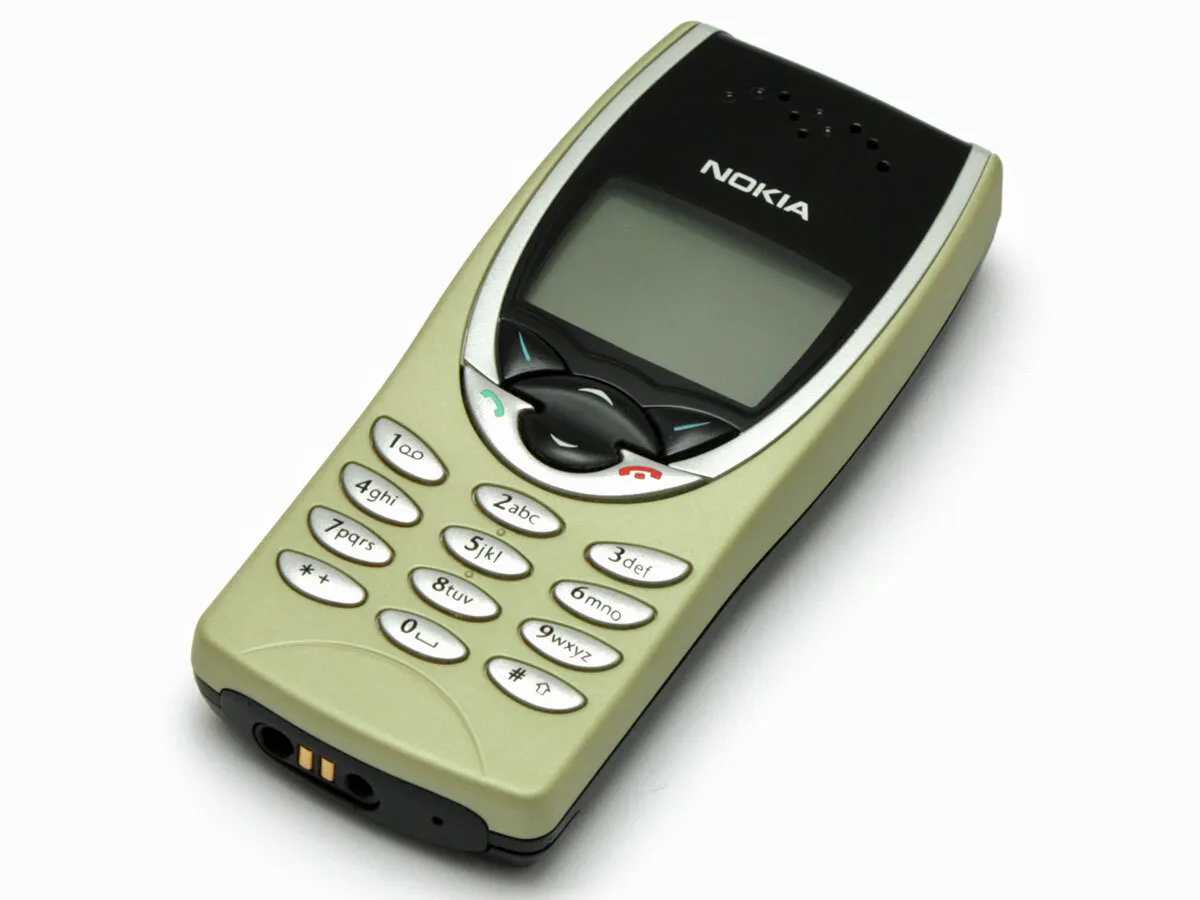
Exceedingly compact and lightweight (a mere 79g), this candybar was compatible with Xpress-on interchangeable covers and featured an infrared port allowing it to wirelessly communicate with printers and PCs – a sort of massively primitive Bluetooth.
Nokia 808 PureView (2012)
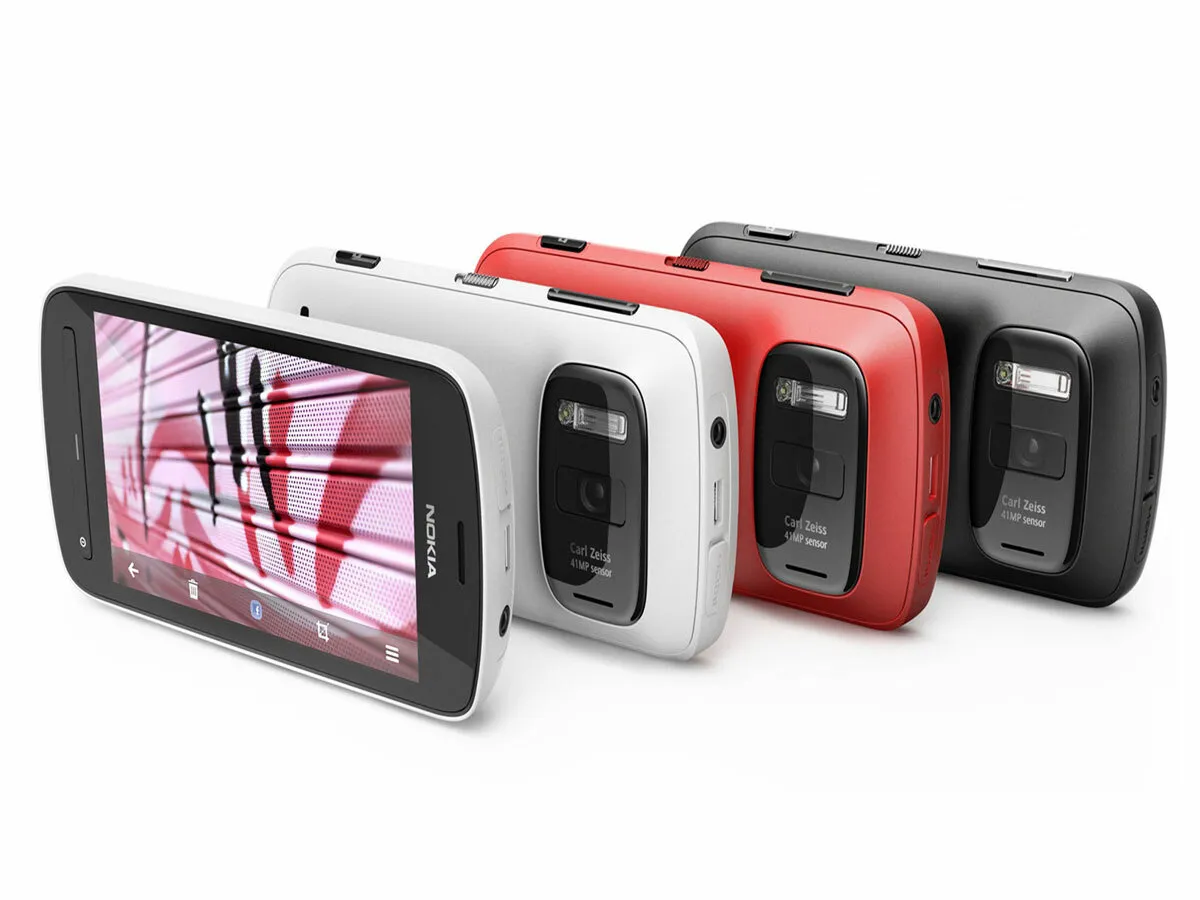
With the 808, Nokia introduced the 41MP PureView camera, which delivered some of the finest stills and videos ever produced by a phone at the time.
Unfortunately it was tied to Symbian 3 – by 2012 clearly an operating system without a future – and priced at £500, so was never going to be a success.
Nokia 8800 (2005)
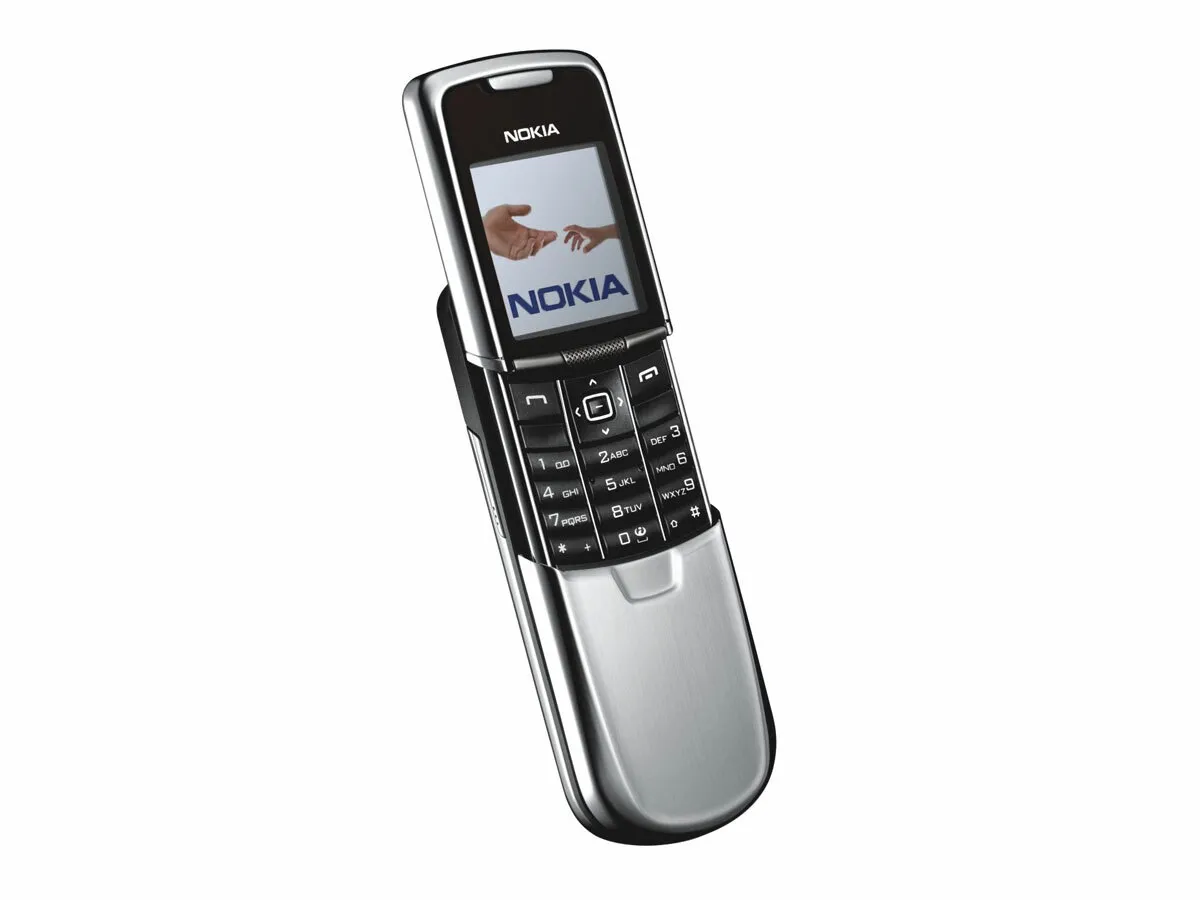
A slick slider (it used ball bearings to deliver a smoother action) with a stainless steel outer shell, the 8800 was billed as a premium device – and the MP3 playback, scratch-resistant screen and build quality lived up to that billing.
Sadly the battery life was more of a bargain basement-type situation, with many users discovering that multiple charges were required every day. We suppose that at least had the benefit of getting them ready to deal with the all-too-brief battery life of today’s high powered smartphones.
Nokia 7280 (2004)
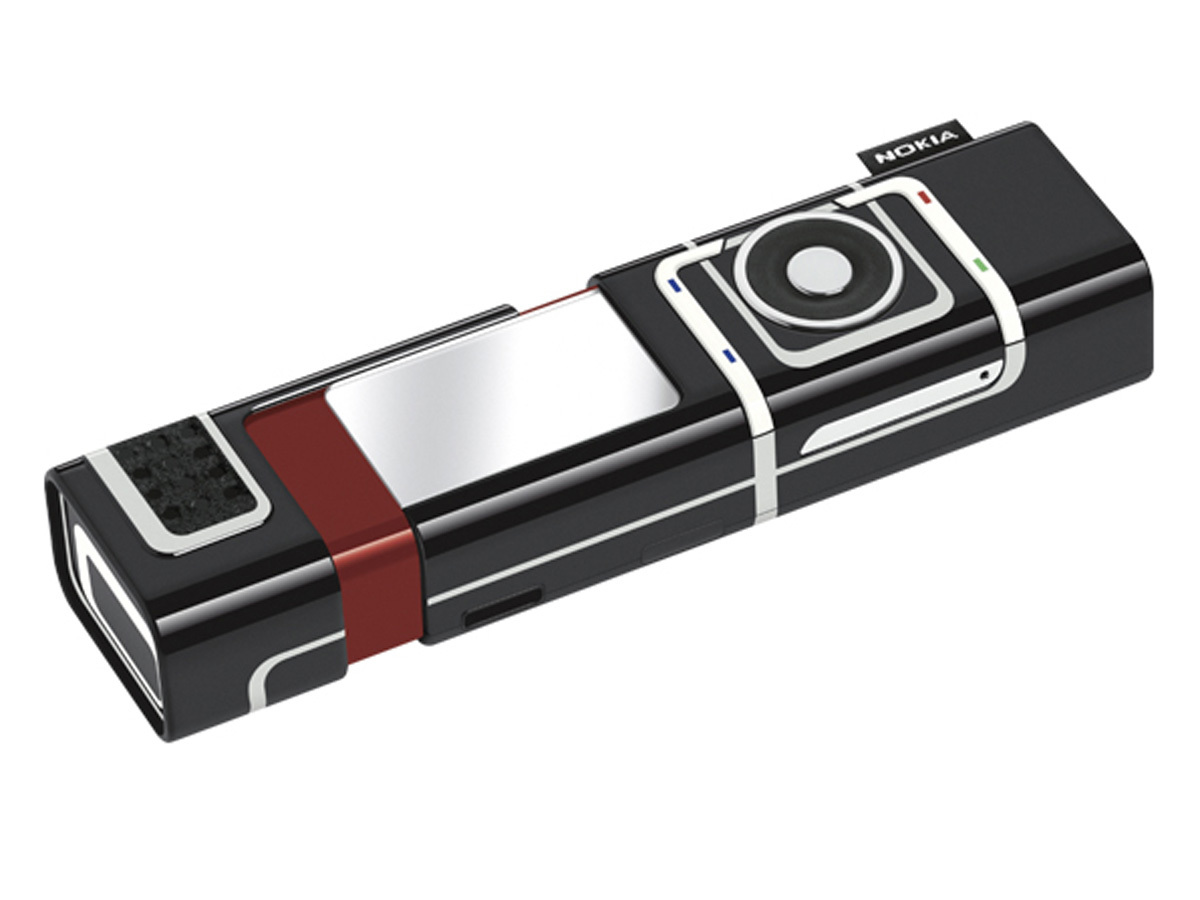
Ah, Nokia – this is what we’ll really miss about you. The 7280, one of Nokia’s Fashion Phone line-up, was as gorgeous as it was gloriously impractical. Why select numbers and letters with buttons when a scrollwheel can make the process so much more difficult and long-winded?
It was a tiny device, hence its being nicknamed the ‘lipstick phone’. And, acknowledging that only a friendless hermit (or perhaps someone with a slave they could get to do the data entry) could possibly use it as their primary phone, the SIM was uncharacteristically easy to access – you just popped it out of your daytime phone and slapped it in the side of the 7280 for the night’s activities. It even had a mirrored screen for checking one’s mascara, and a VGA camera for taking candids at The Ambassador’s Reception.
An occasional dress phone, then. For the BAFTAs and whatnot. Brilliantly bonkers.
Nokia Lumia 1020 (2013)
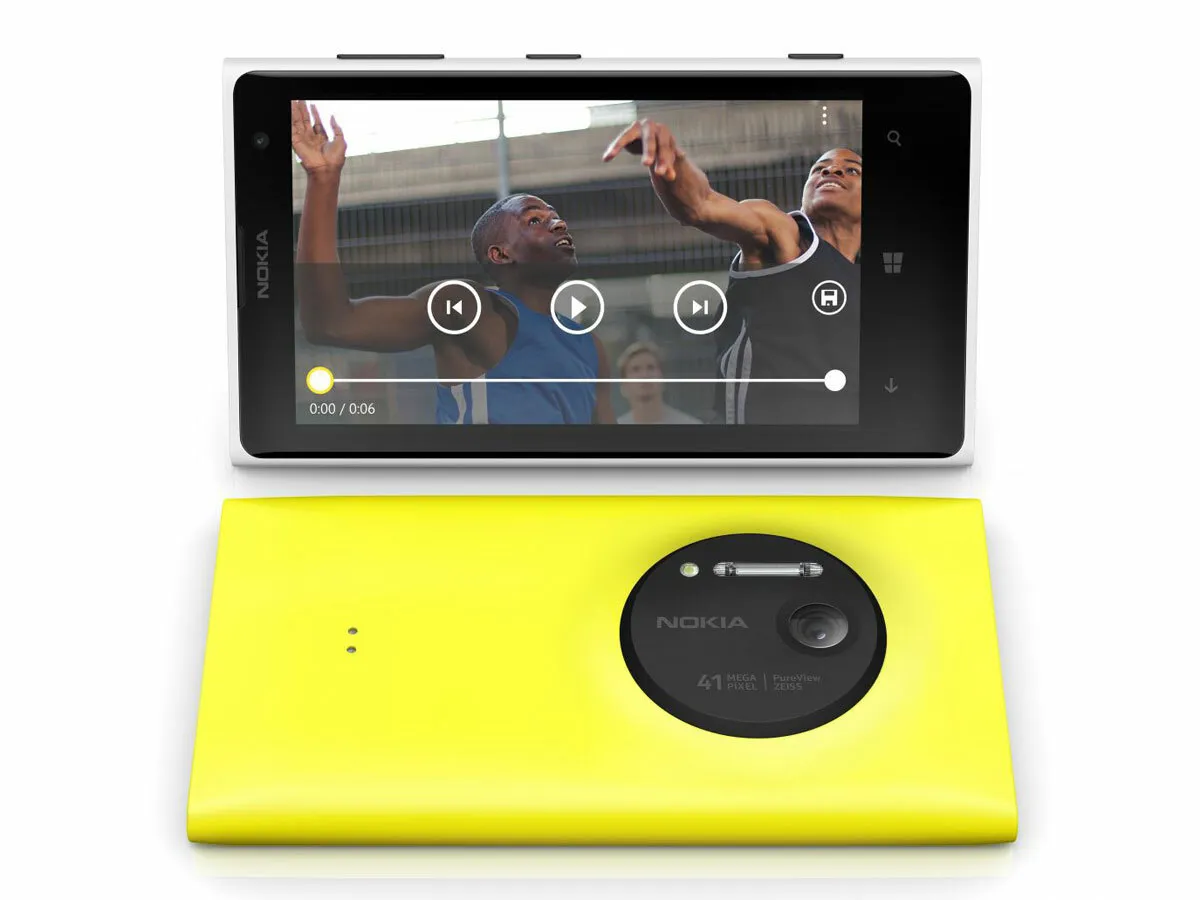
Now this is more like it: a 41MP PureView camera tied to a decent OS (Windows Phone). The Lumia 1020 is, in our humble opinion, the finest camera phone ever made – and was Nokia’s last ever flagship device before the company was sold to Microsoft.
And that was that – until HMD bought the rights to the Nokia name. 2017 should be the year Nokia’s smartphone expertise lives on in the next generation of HMD-created devices.

